What Is Tungsten Alloy?
- Details
- Category: Tungsten Information
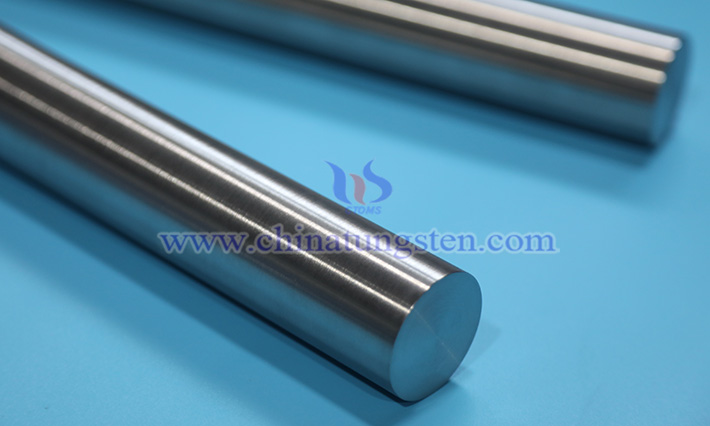
The primary component of tungsten alloy is tungsten (W), typically enhanced with elements such as nickel (Ni), iron (Fe), and copper (Cu) to optimize performance. Tungsten boasts a density of 19.35 g/cm³, significantly higher than common materials like steel (approximately 7.8 g/cm³) or aluminum (approximately 2.7 g/cm³). This high density allows tungsten alloy to provide substantial weight in a smaller volume, meeting the stringent space requirements of counterweight designs.
Applications of Tungsten Alloy Discs in Counterweight Fields
- Details
- Category: Tungsten Information
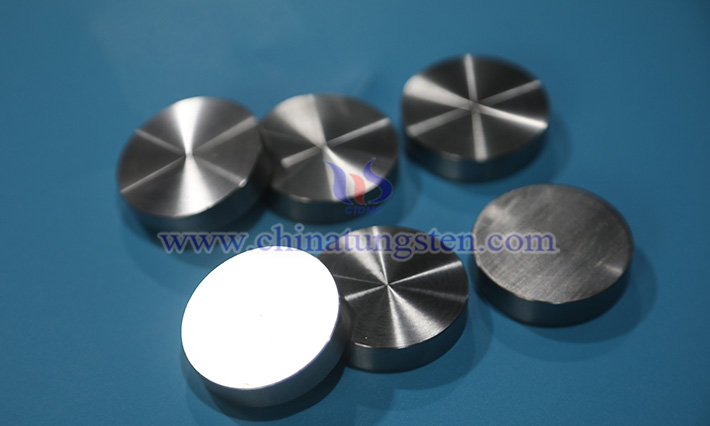
Tungsten alloy discs, owing to their unique physical and chemical properties, are increasingly widely used in counterweight applications, particularly excelling in high-demand scenarios such as aerospace, automotive industry, precision instruments, and sports equipment. With their high density, high strength, corrosion resistance, and excellent processability, tungsten alloys have become the preferred material for counterweights.
Characteristics of Tungsten Alloy Bars
- Details
- Category: Tungsten Information

Tungsten alloy, with its comprehensive advantages in density, temperature resistance, and mechanical properties, serves as a bridge connecting traditional industry with high-end manufacturing. From aerospace to medical electronics, from defense security to new energy development, tungsten alloy is continuously expanding its application boundaries through innovations in materials science. The characteristics of tungsten alloy bars include high density, high melting point, high strength, good toughness, and more.
Characteristics of Tungsten Alloy Discs
- Details
- Category: Tungsten Information
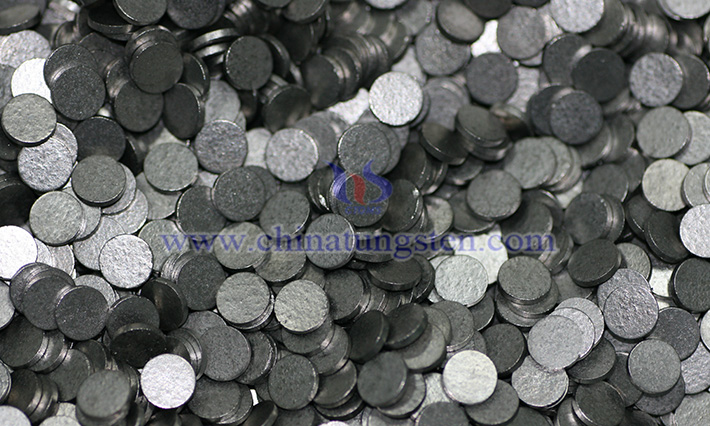
As a high-performance alloy material, tungsten alloy discs demonstrate significant application value across multiple advanced fields due to their unique physical and chemical properties. Their characteristics can be analyzed in depth from dimensions such as material essence, performance advantages, and application adaptability.
Tungsten Alloy Bar
- Details
- Category: Tungsten Information

Mentioning tungsten alloy bar often conjures images of heavy industrial equipment or cold mechanical parts. However, this material, formed by fusing tungsten with other metal elements, harbors many "hidden talents" that defy conventional understanding. Its presence has quietly permeated fields ranging from deep-sea exploration to precision instruments, serving as an unsung hero behind technological breakthroughs.
Tungsten Alloy Discs
- Details
- Category: Tungsten Information
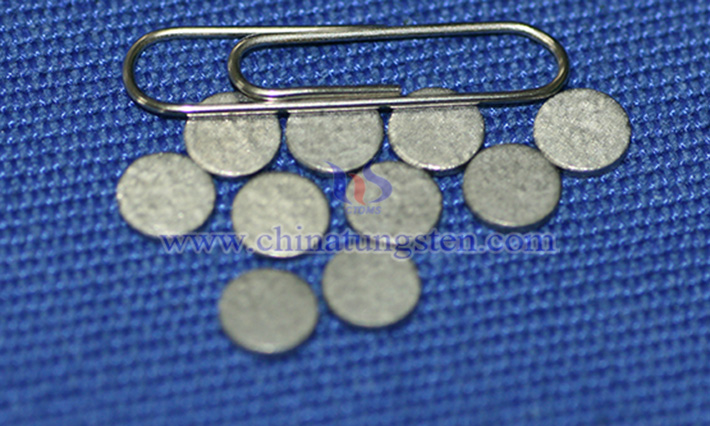
The name "tungsten alloy disc" intuitively reflects its shape and material. Simply put, it is a disc made primarily of tungsten, combined with other metal elements such as nickel and iron through specific processes. In the field of materials science, this combination is not arbitrary but is deliberately designed to meet the demands of various complex application scenarios.
Why Tungsten Carbide Powder is an Ideal Tool Material?
- Details
- Category: Tungsten Information
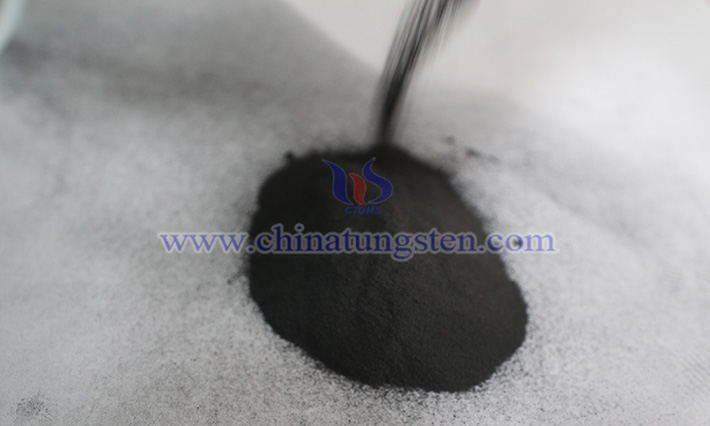
Tungsten carbide (WC) is a compound composed of the refractory metal tungsten and non-metal carbon, characterized by high density, high melting point, high strength, exceptional hardness, high-temperature resistance, corrosion resistance, wear resistance, and good electrical and thermal conductivity. These properties make it an ideal tool material.
Thorium-Tungsten Electrode
- Details
- Category: Tungsten Information
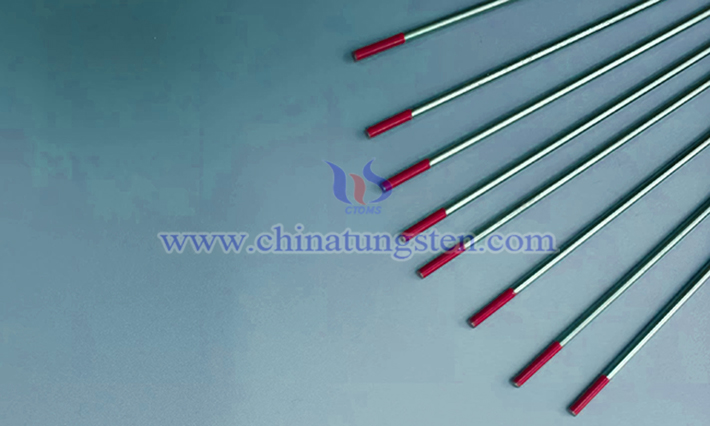
Like cerium-tungsten, lanthanum-tungsten, zirconium-tungsten, and yttrium-tungsten electrodes, the thorium-tungsten electrode is a product made by doping metal tungsten with the corresponding oxide. Though it was the earliest used and remains the best-performing tungsten electrode for welding to date, its strong radioactivity has led to its gradual replacement by rare earth tungsten electrodes. Below is an introduction to the basic information about thorium-tungsten electrodes.
Differences Between Thorium-Tungsten and Cerium-Tungsten Electrodes
- Details
- Category: Tungsten Information
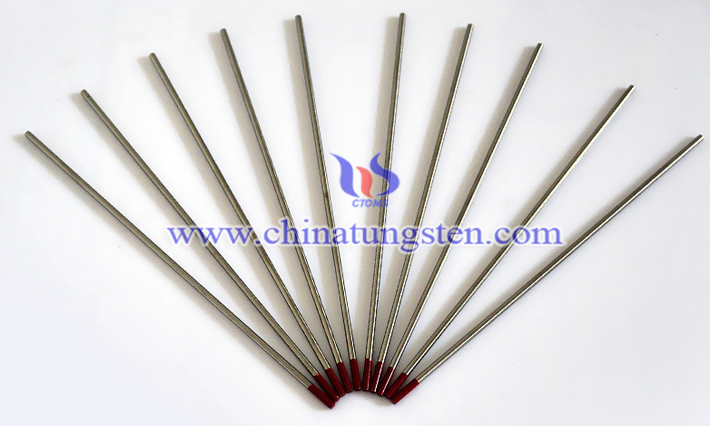
Although both thorium-tungsten and cerium-tungsten electrodes are primarily made from metal tungsten and cerium-tungsten can often substitute for thorium-tungsten, differences in their dopants lead to variations in appearance, performance, production processes, and applications.
Tungsten-Rhenium Alloy
- Details
- Category: Tungsten Information
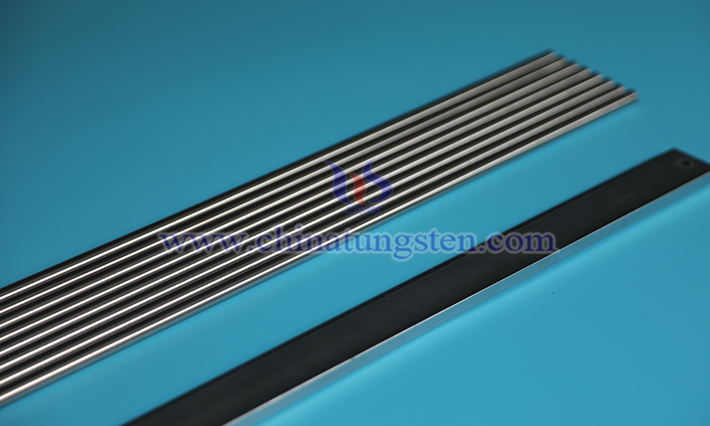
Like tungsten-copper, tungsten-molybdenum, and tungsten-nickel-iron alloys, tungsten-rhenium alloy (W-Re) is a type of high-density tungsten-based alloy that combines the excellent properties of both metal tungsten and metal rhenium. It is widely used in aerospace, aviation, maritime, military, and defense fields. Below is the basic information about this alloy:



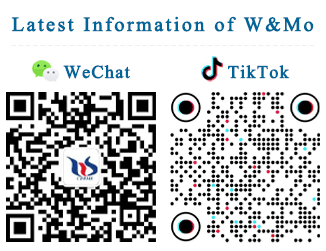
 sales@chinatungsten.com
sales@chinatungsten.com